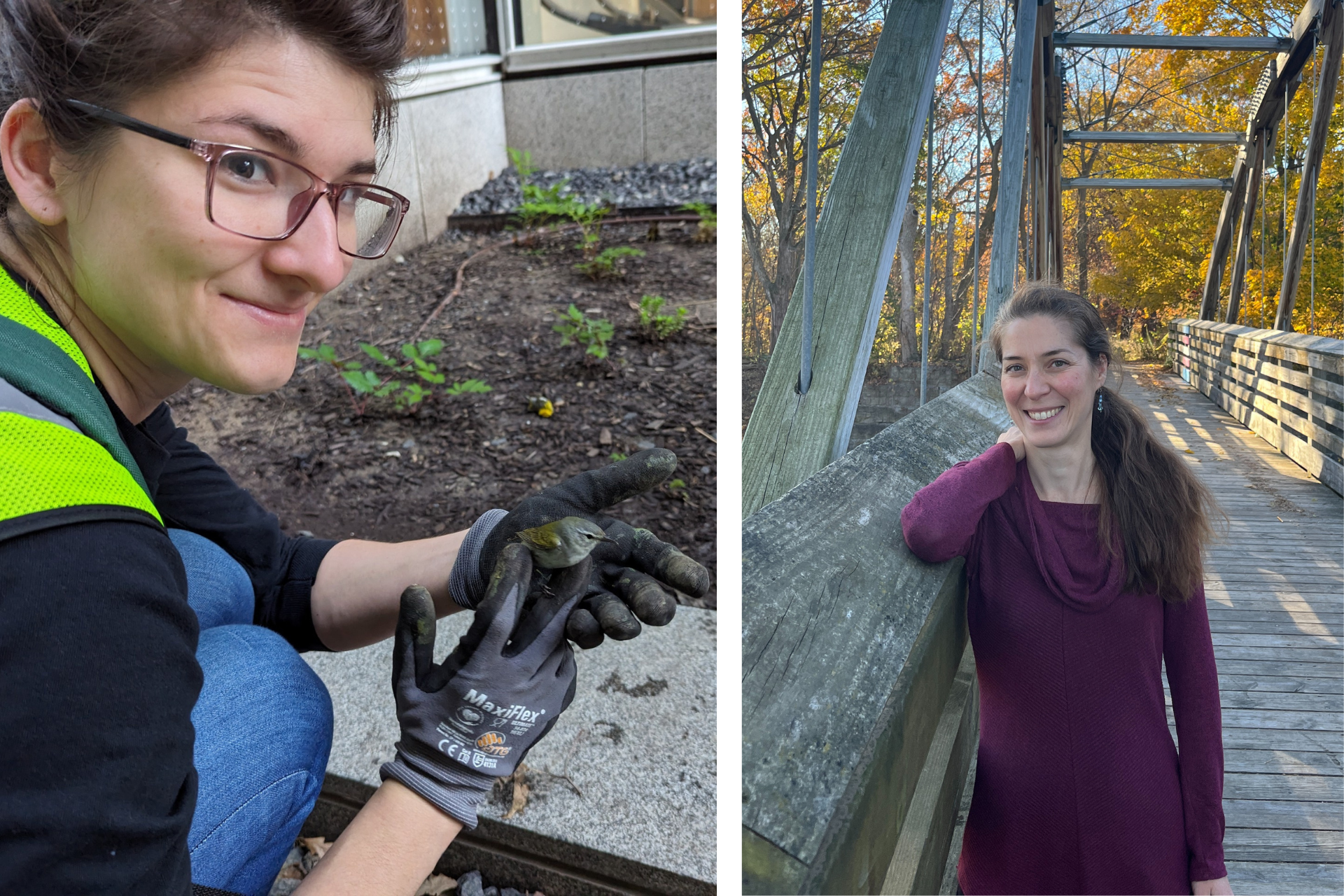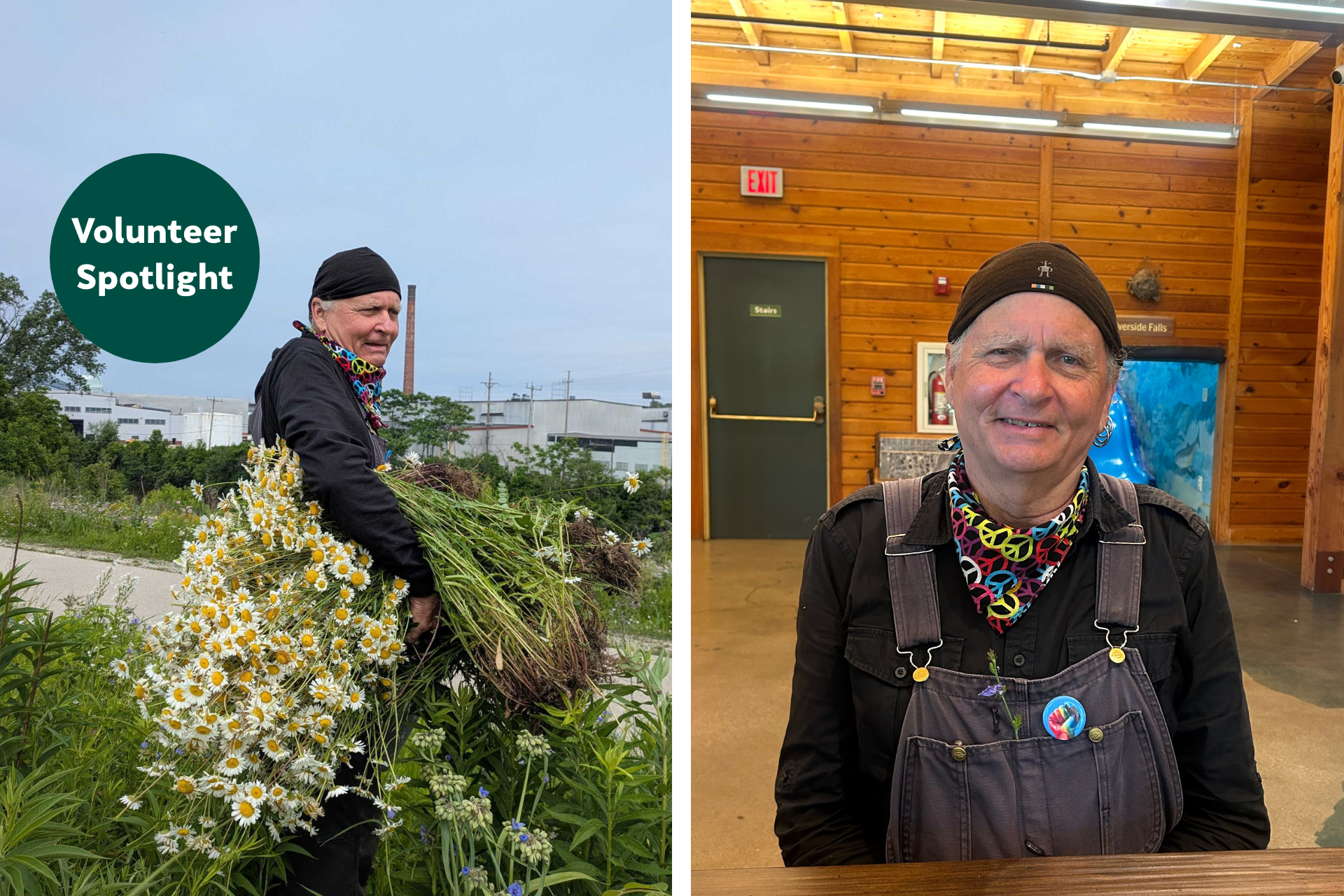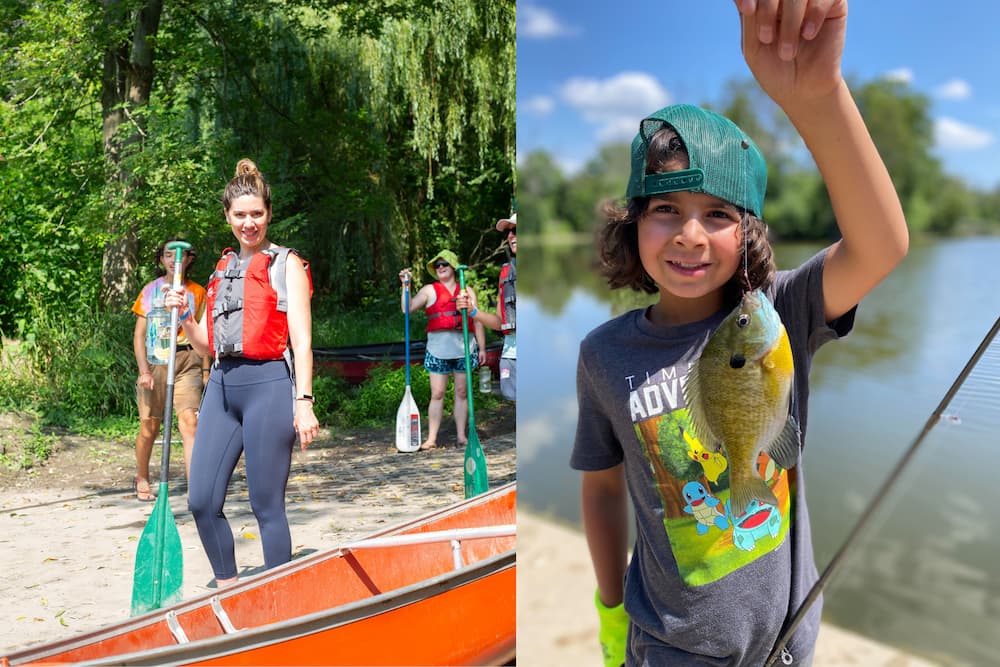Native Tree Spotlight - In Defense of Box Elder
I talk to a lot of people about trees. Those conversations are about identification, physiology, or growth habit, but my favorite conversations about trees are ones about how awesome or beautiful a certain tree or species of tree is. During these talks I have noticed that most folks are not as willing to sing the praises of box elder (Acer negundo).The following is an admittedly overly-impassioned plea for the love of this month’s native tree, the lowly box elder.
First: a little bit of background information. Box elder is a fast growing, medium sized deciduous tree usually found on wet soils or in degraded habitat but that can be found anywhere. It is a member of the maple genus and produces winged samaras (the fruiting bodies of maples that fall to the ground in a twirling motion that people call “helicopters”). It looks different from most of the maples because it has compound leaves with 3 to 5 leaflets. It is also different from the rest of the maples in that it is dioecious (having separate male and female trees).

Box elders are generally considered a “weedy” tree and are held in pretty low regard by most people. A quick Google search reveals a plethora of descriptions of box elder that are less than complimentary. One of my favorites, put out by the United States Forest Service, laments that “its limbs are brittle and break easily; its trunk is susceptible to rot and infested with boxelder bugs…. The leaves turn a dull yellow and fall untidily over a long period, as do the winged seeds, giving this species the reputation of being a ‘dirty tree’.”
Box elders often have multiple trunks which twist at strange angles to take advantage of whatever spots of sun they can find. Box elder wood is not strong enough to support the weight of the larger branches, causing them to bow down sometimes and grow along the ground with “suckers” that point straight up into the air.

Lots of people think they are ugly trees. I, personally, think that their growth form is pretty cool. Every tree is different, and their individuality gives them a bit of personality and interest. Plus, they make GREAT climbing trees. It’s also important to point out that a box elder on an ideal site with good moisture and soils can grow to be a really nice specimen tree with a strong central trunk and almost spherical crown.
The rest of the reasons we don’t like box elders are, ironically, the very reasons that we should love them. Box elders are scrappy and hard to kill, and they drop leaves and fruits even into the winter. Leaves and fruits (and box elder bugs) may be annoying to homeowners who have to clean them up, but

they are absolutely crucial to the ecosystem as a whole. Many different types of wildlife rely on those fruits and leaves that persist on the tree, especially late in the season when food supplies become scarce. The list of wildlife that depends on box elders to survive the winter is so long that I will share only one of the most special figures with you now. There are 285 species of Lepidoptera (moths and butterflies) that depend on box elder to survive their caterpillar stage. If we say good-bye to box elders, we might as well say good-bye to almost three hundred species of moths and butterflies! Keep in mind that insects and caterpillars are the largest diet component of insectivorous birds and that the populations of most bird species are limited by food availability. Fewer box elders means fewer insects which translates into fewer birds which has the potential to crash the whole food web.
Anyone who has tried to cut a box elder out of their yard will know that they are incredibly scrappy, tough and hard to kill. Box elders can grow on almost any type of soil in almost any habitat. When they are cut down or killed, they send up “suckers” or new growth vigorously for years. If they are girdled or stressed out, they will reproduce prolifically so even if you do manage to kill the adult tree, you have hundreds of seedlings to contend with. I get that. What we have to understand, though, is that the scrappiness of box elder is exactly why we should venerate it.
In a world of increasing human-caused pressures on the environment, especially in an urban area, we need a tree that can hold its own. We need a tough, aggressive, native tree which can compete with the host of non-native invasives that plague our natural areas. We need native plants that will keep on sequestering our carbon and burping out oxygen no matter what we do (intentionally or otherwise) to limit their ability to do so. We need a tree that refuses to be killed even when everything around it is paved. We need box elder like we need air to breathe. We need everything it gives us, and we need everything it gives to our ecosystem as a whole. For these reasons, let’s start to change our ideas about what is a “weed” and what isn’t when it comes to box elder. Stop by to see me anytime you’d like to talk trees, but if you are going to disparage box elder, get ready for a lively debate!




.jpg)




.png)